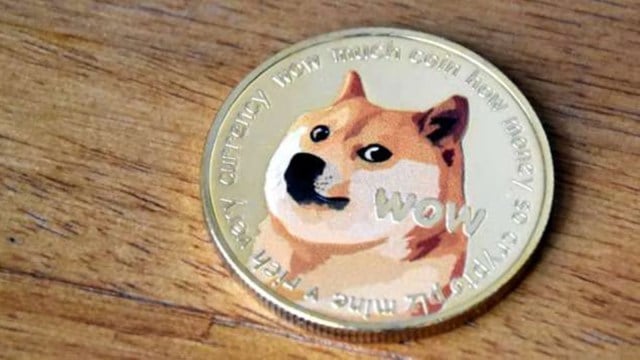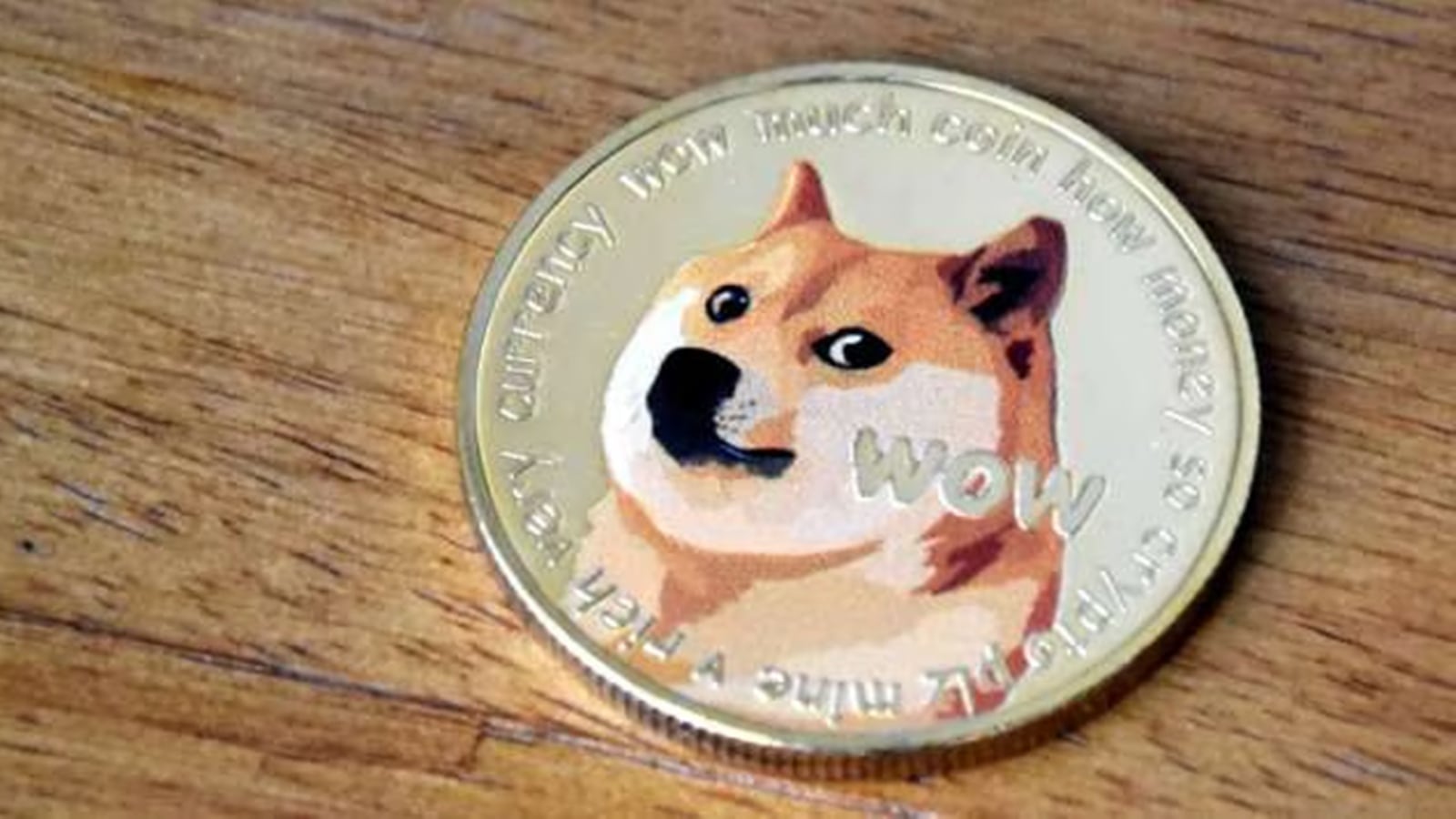
Feb 3, 2025 19:15 IST First published on: Feb 3, 2025 at 19:15 IST
Written by Shuchi Agarwal
Much has been said about the impact of cryptocurrency’s advent on the global financial system. Their nature is similar to that of a double-edged sword – their volatility, the lack of intermediaries and the regulated processes is intimidating but also full of opportunities. The appeal is obvious. But perhaps the biggest concern for cryptocurrency sceptics is that there is no underlying asset. Unlike almost any other financial assets, there is no actual substance to a cryptocurrency. It seems to derive its value entirely from public sentiment.
Story continues below this ad
The quixotic character of cryptocurrencies prompted two software engineers in 2013 to create a satirical version of a bitcoin, a popular cryptocurrency. They named it “Dogecoin” and launched it as a jape. This marked the birth of “meme-coins”, assets that merged two popular concepts of the internet age — memes and bitcoins. However, contrary to the expectations of its creators, Dogecoin became a regularly traded asset. The joke was treated with such seriousness that it lost its humour. This was followed with the mushrooming of several other meme-coins such as Bonk and Pudgy Penguins. Dogecoin’s valuation shot through the roof once Elon Musk expressed support for it in 2023. As of January 2025, the market cap of Dogecoins alone is over tens of billions of dollars. The incredulity of this situation again stems from the fact that this valuation is based on nothing but community sentiment. Since there is no asset that supports meme-coins, participation in the sale and purchase of these cryptocurrencies is entirely for partaking in a popular culture phenomenon. Meme-coins were, ideally, not supposed to be treated as serious investments. However, that perception seems to have changed.
Donald Trump has launched his own meme-coin called $TRUMP, which contains a picture of him and the slogan of “FIGHT FIGHT FIGHT”. $TRUMP received an astounding reaction from the public and has a market cap of billions. Many critics have highlighted the ethical issues, and the conflict of interest involved in the President of the United States launching a meme-coin. Nevertheless, a bigger concern is that there are not enough safeguards to protect investors from massive losses when interacting with such meme-coins. This is due to the lack of effective regulatory oversight as well as the inherently volatile nature of these financial instruments. In such a situation, the endorsement of meme-coins from the President of the United States may be argued to be a little reckless.
The enthusiastic response from investors towards such meme-coins signals a rather amusing new trend which warrants further exploration. What exactly is prompting so many people across geographies and cultures to invest their money in such a highly volatile and risky instrument?
Story continues below this ad
There has been a massive influx of first-time investors in financial markets. According to research conducted by JP Morgan Chase, the monthly share of individuals, below 40 years of age, transferring funds to investment products has more than tripled over the past decade. However, the financial ecosystem is heavily gatekept and filled with complex jargon. As a first-time investor, it is not the easiest thing to navigate. This created a silent demand for accessible and straightforward financial instruments and processes.
In the eyes of some, cryptocurrencies are able to recognise and capitalise on the discontent against the way traditional finance works. Additionally, the lure of quick returns and the fear of missing out have further propelled people towards investing in such instruments.
most read
The next pertinent question is about the future of meme-coins. Their creation, usage and popularity have baffled people across the board and challenged the established rules of finance. It remains to be seen whether their hype will eventually fizzle out.
Regulators in all jurisdictions should start designing strong governance mechanisms for regulating various kinds of cryptocurrencies, including meme-coins. Investors, similarly, need to take a more proactive approach and thoroughly research financial instruments before risking their money based on just community sentiments. There is a lot at risk and consequently, a lot to be done. One thing is for certain though, the usage of meme-coins is not a laughing matter anymore.
The writer is research fellow, Corporate Law and Financial Regulation, Vidhi Centre for Legal Policy


